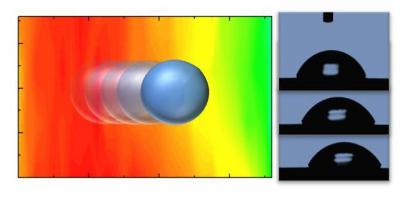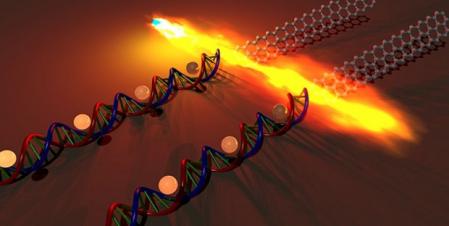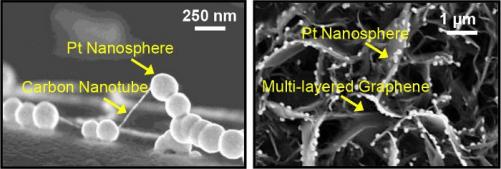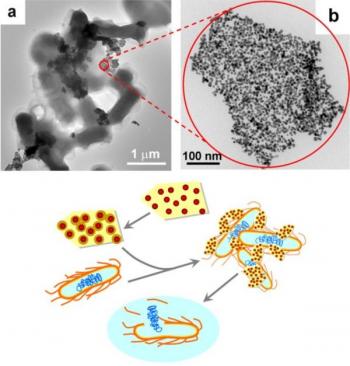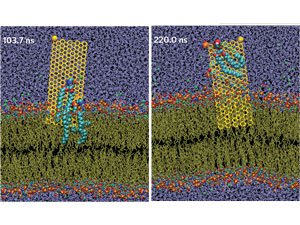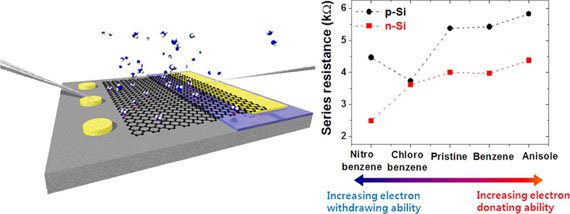Graphene Oxide, coupled with DNA-directed silver proves a great antibacterial agent for plants
Researchers from the University of Florida and Hunan Univeristy developed DNA-directed silver nanoparticles (Ag NPs) grown on graphene oxide (GO). These so called Ag@dsDNA@GO composites act as antibacterial agents, decreasing X. perforans (a model plant pathogenic bacterium) cell viability in culture and on plants.
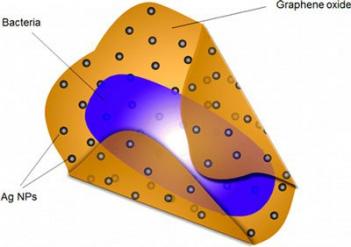
The researchers say that this material exhibit good antibacterial activity due to the synergistic effect between the silver nanoparticles (AgNPs) and the graphene oxide (GO). In a greenhouse experiment they applied this material on tomato transplants and they reported significant reduction of disease caused by bacterial spot compared to the untreated control and the control treated with copper + mancozeb (a standard treatment). The material did not induce any phytotoxic effect on the leaves.


